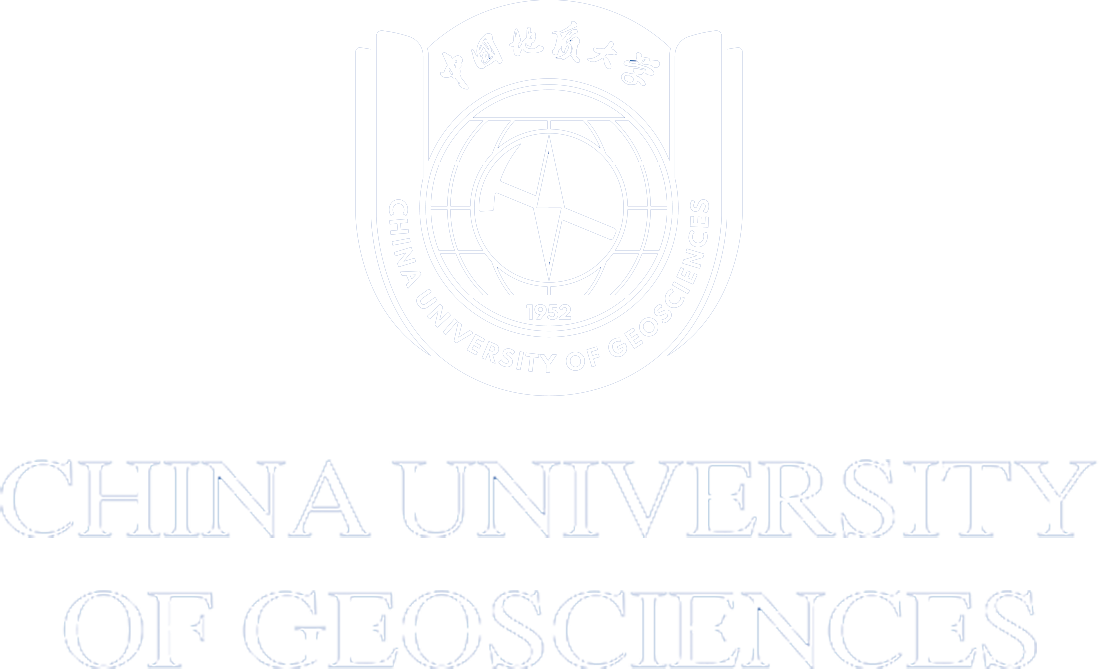The Ediacaran-Cambrian (E-C) transition, a critical time in Earth history, witnessed climatic fluctuations, explosive radiation of metazoans, and widespread deposition of organic-rich black shale. Although much attention has been paid to redox reconstruction and carbon cycling in the early Cambrian ocean, the co-evolution of life and environments and multi-sphere co-evolution, as well as their impact on organic matter (OM) enrichment remain poorly understood. Results of our geochemical analysis of samples recovered from 23 wells/sections (including total organic carbon, stable carbon isotope, Fe speciation, and redox-sensitive trace elements) that samples various sedimentary facies of the Yangtze Block (South China) suggest that early Cambrian paleo-climate conditions were largely cool and arid. However, the climate experienced a shift to relatively warm, humid conditions during Fortunian to Age 2 after which cool, arid conditions were reestablished during early Age 3. The climate returned to relatively warm, humid conditions during mid-late Age 3. Evolution of redox conditions across various contemporaneous sedimentary facies was principally governed by a dynamic equilibrium of oxidants (e.g., sulfates) and reductants (e.g., sinking organic carbon) that was linked to the intensity of terrigenous input and ultimately paleo-climate variations and the intensity of upwelling. The inner shelf was characterized by oxic bottom waters that experienced intermittent episodes of euxinic and ferruginous conditions. The euxinic waters dynamically coexisted with oxic surface waters and ferruginous deep waters on the outer shelf and slope. The deeper basin region was dominated by ferruginous bottom water conditions. Redox variations were the dominant drivers of the flourishing and loss of organisms. The distribution and accumulation of lower Cambrian hydrocarbon source rocks of the Yangtze Block appear to reflect complex interactions among multiple Earth processes, including chemical weathering intensity, upwelling, hydrothermal activity, and biological activity, that worked in tandem to promote OM hyper-enrichment in different spatiotemporal dimensions. The present study highlights the synergistic interaction of environment and organisms as a cause of OM enrichment of contemporaneous sediment and provides insight into the formation mechanisms of marine hydrocarbon source rocks and perspective on organic carbon cycling between the Earth's biosphere and hydrosphere.
Article link: https://doi.org/10.1016/j.earscirev.2025.105294




 Address
Address
 E-Mail
E-Mail
 Telephone
Telephone